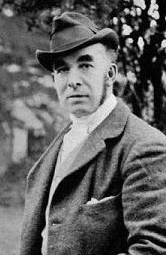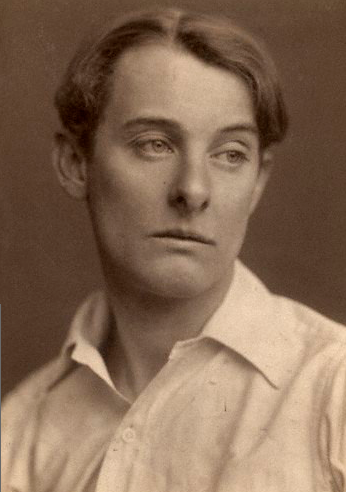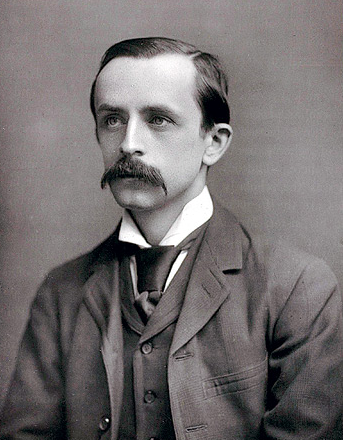Gryla
In Iceland they have Grýla - a giantess
from Icelandic folklore. Grýla only appears on Christmas eve. She is a scary, ugly hag, often depicted with ears that dangle down to her
shoulders, a beard that is heavily matted and teeth which are black as rocks.
On
Christmas Eve she comes down from her cave and kidnaps the children who have been misbehaving all year. Grýla is said to have an
insatiable appetite and children are her favourite snack. She takes the children she has abducted back to her cave and cooks
them into a stew, which happens to be her favourite dish.
Krampus
In
German-speaking Alpine region, they have Krampus: a horned, anthropomorphic
figure. According to traditional narratives, Krampus punishes children during the Christmas season who had
misbehaved.
Saint Nicholas and Black Pete
Telling Ghost Stories at Christmas
In England they had the tradition of telling ghost stories at Christmas. Mention the words ‘Christmas ghost story’, and most people will automatically think of A Christmas Carol by Charles Dickens. Indeed, it has become the quintessential example of the subgenre. But Dickens wasn’t the only one who was wont to writing seasonal tales of this sort.
The
Victorians were generally a macabre bunch and there was a huge
flowering of supernatural fiction during the Victorian
era. Most of the famous literary
names from that period -
writers such as Rudyard Kipling, Sir Arthur Conan Doyle , Elizabeth
Gaskell and Edith Nesbit - produced such stories,
So why was scaring children at Christmas so popular in Europe? Christmas was the time for family gatherings, and in an age before mass media, story telling was the only pastime during the long dark winters. Supernatural tales appealed to both old and young alike, so this was the ideal genre. And no
matter how frightening the stories were, the evening’s scares could easily be dispelled by a bright light or the good-natured laughter of the
storyteller at the end of the tale. No
doubt there was also a moral dimension to the telling of these
stories, a way of impressing people that they must lead good,
wholesome lives otherwise they would never achieve the peace in death
that was the ambition of every Victorian.
(source: Simon Marshall Jones - http://www.thisishorror.co.uk/features/christmas-ghost-stories/)
(source: Simon Marshall Jones - http://www.thisishorror.co.uk/features/christmas-ghost-stories/)
Death Takes a Lover
So, if
like me, you find the Christmas period a peculiarly fitting time to
scare your friends and family to death, and you want to help re-ignite this tradition, then why not buy my book this Christmas. 'Death Takes a
Lover' is the chilling tale of a repressed detective trying to solve
a gruesome murder in the bleak and wintry Yorkshire moors. Fusing
Gothic romanticism and fin-de-siecle melodrama, it is a chilling
entry into a world which some may not want to enter, but if you do,
don't say you haven't been warned.
























